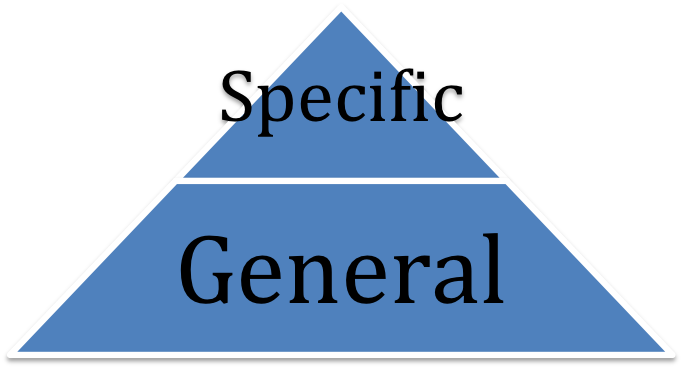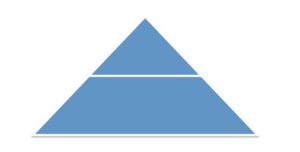
Aggressive Throwing Programs: Are You Asking the Right Questions?
Today’s guest post comes from former Cressey Sports Performance intern, James Cerbie. In this post, James builds on a point I’d made a few weeks ago in an installment of Random Thoughts on Sports Performance. Enjoy! -EC
Everyone wants to throw gas.
If you throw 80mph, you want to throw 85mph. If you throw 85,mph you want to throw 90mph. If you throw 90, you want to throw 95mph…and so on and so forth.
For a pitcher, it’s the ultimate attention grabber. The radar gun doesn’t lie, and lighting one up is the quickest way to turn heads.
Assuming you have any semblance of control, throwing hard helps you get a college scholarship, helps you get drafted, and helps you toward the big leagues.
Sorry, but they aren’t handing out many signing bonuses for an 85mph fastball.
Think of it like the 40-yard dash at the NFL combine—everyone is looking for that 4.3 speed because it’s a game changer.
Due to the high premium baseball places on velocity, and the paychecks that can come along with it, weighted ball programs have gained a tremendous amount of popularity over the past several years. Not only that, they can deliver great results. By playing with the force velocity curve, you can see some pretty impressive jumps in velocity over a relatively short period of time.
Eric has written about weighted ball programs in the past, and I’ll just refer you here if you want to read more on the subject.
Unfortunately, a lot of high school and college athletes are jumping into aggressive weighted ball programs without asking the right questions—they end up chasing short-term gains as opposed to setting themselves up for long-term success.
Building a Pyramid
If I asked you to build a pyramid, how would you do it?
Would you start with the base of the pyramid, also known as your foundation, and gradually work your way up? Slowly adding on a layer at a time until you arrive at the top?
Or, would you skimp on the base and spend the majority of your time building the top of the pyramid?
I’m no expert in building pyramids, but I think we can all agree that the first example wins out: a pyramid without a base may get up in the beginning, but it’ll lose out over the long haul.
General vs. Specific Training
The above example illustrates the difference between general and specific training.
The base of pyramid represents general fitness qualities, while the top of the pyramid represents specific fitness qualities (specific in relation to your sport of choice):
For example, a deadlift represents a general fitness quality for a baseball player because we’re developing strength and stability in the sagittal plane while working on the ability to “hip hinge.” None of those qualities are necessarily specific to throwing a baseball, but they lay the foundation for higher-level performance.
A weighted ball program, on the other hand, is about as specific as you can get: you’re performing the exact skill from your sport and doing so with heavier and lighter implements.
This is why so much effort goes into the assessment process before an athlete starts a training program. It gives us a good feel for where they are on the pyramid:
- How’s their baseline movement capacity?
- Are they lacking scapular upward rotation?
- Can they get their hands overhead without driving into extension?
- Are they strong and stable in the sagittal plane?
- Can they get “in” and “out” of both hips sufficiently?
- Do they have appropriate amounts of “core” control?
- Do they have the capacity to control movement in multiple planes of motion?
- Can they stand on one leg?
- Do they have symmetrical total shoulder motion and shoulder flexion?
These represent only a few of the questions we want answers to, but they are all important because it tells us what an athlete is prepared to do at this moment in time, and what they need to work on to progress further up the pyramid.
What can happen in the world of performance training, however, is the inverted pyramid:
This is what it looks like when people rush straight for the weighted ball program. They skip over the all-important base of pyramid and go straight to the top because that’s what’s sexy. Although this structure will produce results in the short run, it doesn’t bode well for long-term success.
General Expresses Specific
If you walk away from this article remembering one thing, please let it be this: your general fitness qualities (the base of your pyramid) puts you in a position to express your sport specific skill.
In other words, they put you in a position to be successful—they give you the ability to get your body in the best position to throw a baseball.
For a baseball player, building up those qualities usually happens off the baseball field. It’s the free play you engaged in and the multiple sports you enjoyed growing up. And, it’s what you do in the weight room. It means doing deadlifts, lunges, push-ups, prone trap raises, and a host of other exercises because it builds your body up towards the ultimate goal: throwing a baseball to best of your ability.
If you skip over that stage and rush straight towards the top of the pyramid, then you’re not only setting yourself up for injury, you’re also leaving gobs of untapped performance on the table.
Tying it All Together
It’s incredibly tempting to jump into the latest and greatest program on the market that’s boasting to add 8mph to your fastball in two months. Before jumping into that program, you have to ask yourself if you’re physically prepared to do so.
Aggressive throwing programs are not bad. In fact, they are one of the more exciting developments in baseball over the past several years. But, it’s vital to remember where they fall with regards to development.
If you’ve put in the time and built yourself a solid foundation, then by all means get on a well-managed weighted ball program. If you haven’t put in the time building yourself a foundation, then start there and work your way up. Your performance and arm will thank you down the road.
About the Author
James Cerbie (@JamesCerbie) is certified by the National Strength and Conditioning Association, Precision Nutrition, USA Weightlifting, and Crossfit, and is the owner ofRebel Performance. He has worked with athletes at all levels, and currently coaches in Charlotte, North Carolina. You can also find him on him on Facebook.






